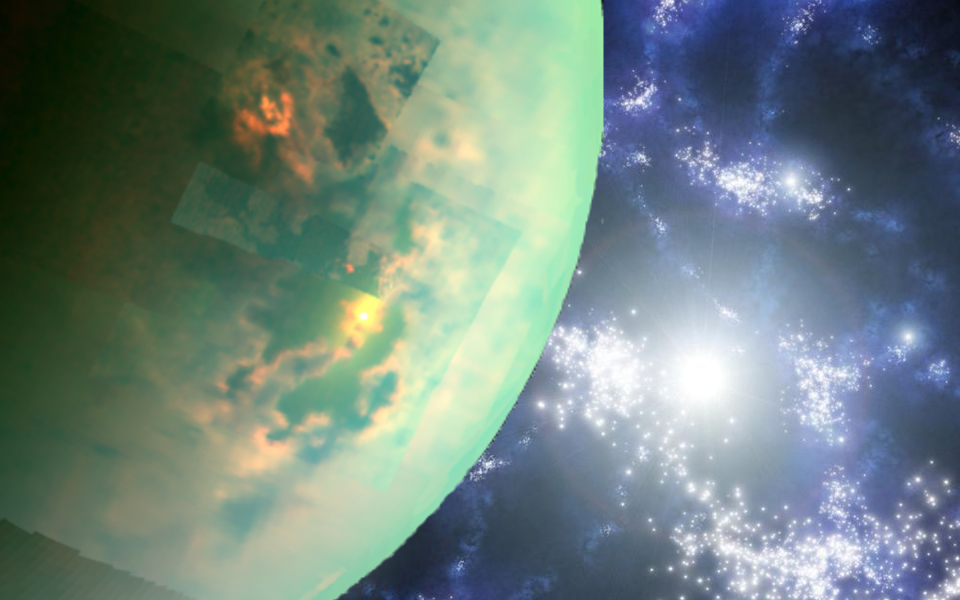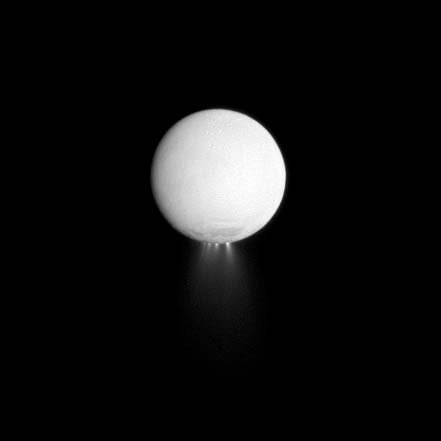
Introduction
Scientists have found life in places with extreme conditions. These places include extremely salty lakes, water above it’s normal boiling point, and inside nuclear reactors.
One thing that life needs regardless of where they can survive is water. Water is important because it is a medium where chemical reactions important for life can occur. However, some scientists think that some extraterrestrial life forms may rely on other substances in place of water.
Recently, a group of researchers led by Manasvi Lingam suggests that such strange life could have existed when the universe was young. Lingram’s team argue that during that period, the background temperature of the universe was warmer. It could have been possible that these substances could remain liquid on the surfaces of early planets without the need for a star.
Universal solvents and their importance for life
As far as we know, one of the key ingredients for life is water. This is because the hydrogen atoms in the water molecules are positively charged. This allows them to form strong hydrogen bonds with other water molecules and other substances. The result is that water can remain liquid over a large range of temperatures. It can dissolve a lot of substances and it also provides a medium in which chemical reactions could occur.
This allows life forms to get access to a variety of substances for important chemical reactions. Some of these reactions are involved in producing energy while others are involved in building cell structures. Water was almost certainly essential for the chemical reactions which led to the first life.
For these reasons, many people have called water a “universal solvent”. Not many other substances have these same properties which makes water special.

An extra benefit of water is that when it freezes, ice forms at the top first. This means that a planet or moon does not have to be in it’s star’s habitable zone to have liquid water.
On moons like Europa and Enceladus, water underneath layers of ice can be kept warmed by internal heat through volcanism. At the same time, ice on the surface prevents heat from escaping which helps to keep the water warm and liquid for life to emerge.
Habitable zone, internal heating, and life
The habitable zone is a range of distances from a star where temperatures are just right for liquid water to exist on the surface of planets. This is important when searching for life that evolved in a similar way to Earth’s life.
As stated before, being in the habitable zone is not the only way a planet can have liquid water on it’s surface. Heat from the interior of planets and moons that orbit far from their star could keep water from freezing like in the case of Europa and Enceladus.

A more unusual source of heat could be the ambient radiation of the cosmic microwave background (CMB).
In these cases, water or any alternatives to it could remain liquid on a planet’s surface when it is further out from the habitable zone. The planet does not need to be orbiting a star. This is because the temperature on the planet is dependent on the ambient radiation of the CMB rather than the radiation from a star.
Habitable epoch and life
Early in the universe’s history, the CMB was hotter as it’s energy was not as spread out as it is today. Lingam’s team speculates that the CMB at one point could have been warm enough to sustain liquid water on the surfaces of objects with thick enough atmospheres.
However, this happened when the universe was only 16.6 million years old. According to current understanding, no stars have yet formed at this time. Heavy elements that create life and planets form inside the cores of stars through nuclear fusion. This means they were not present during this time period.
We think that the first stars form when the universe was 28 million years old. However, by that time, the temperature of the CMB was already well below that which could sustain liquid water.
Lingram’s team instead focus on solvents other than water with lower melting points. As the CMB cools down, it passes through temperature ranges where some of these solvents become liquids. In other words as the universe ages, it passes through the “habitable epochs” for each of these solvents.
During some of these habitable epochs, Lingram’s team thinks that strange life forms could have arisen. These life forms would be based on very different chemistry to that of Earth’s life and do not need to be close to any star. They would eventually become extinct as the CMB’s temperature drops below the freezing point of their solvents.
Alternative solvents for life
As previously stated, water has the unique property of being able to dissolve many different chemicals and act as a medium for reactions important for life. No other substance can do those things to the same degree as water. However, this has not stopped scientists from finding alternatives in which life running on different chemistry could emerge.
Most of these alternative solvents have melting points lower than that of water. This means that they can remain liquid at lower temperatures later during the universe’s history. At that point, stars would have formed and created the necessary heavy elements needed for planets and life.
Some of the solvents considered by Lingam’s team are ammonia, various hydrocarbons, and even weird states of matter like supercritical fluids. Hydrocarbons such as ethane have been studied considerably as they make up lakes on Saturn’s moon Titan.
A more exotic solvent being considered is supercritical fluid hydrogen. Supercritical fluids are a state of matter that have properties of both liquid and gas. Many substances like water and carbon dioxide become supercritical under high pressure. Supercritical fluids dissolve substances very well and remain in their state over a larger temperature range than liquid water.

The chemical properties of such solvents are different from that of water. As a result, life forms emerging from them will run on chemistry that is very different from life on Earth.
Availability of essential elements
The habitable epoch of these solvents occur when the universe was very young. This brings up a number of factors that have to be addressed. They could make the prospect of life during those habitable epochs unlikely.
Life requires the following core elements of carbon, hydrogen, nitrogen, oxygen, phosphorus, and sulfur to exist. Based on previous research, these elements were most likely abundant during the habitable epochs of the solvents studied by Lingram’s team.
The problem is that life often requires more than just those five elements. They also need heavier elements like molybdenum and iron. These elements are essential for chemical reactions that all life on Earth need to survive. One example is the need for molybdenum in the creation of enzymes. It is still unclear as to how common these heavier elements are in the early universe during these epochs.
Length of time needed
Another problem that could prevent life from forming during these habitable epochs is the length of time required for such life to arise. Unfortunately, we still don’t know much about how and when life on Earth formed. We know even less about how life in alternative solvents form.
This may be an important factor as the habitable epoch for most of the solvents that Lingram’s team look at only last for less than 80 million years. In 2018, research into the origin of life on earth hints that life started existing on the order of tens of millions of years after the moon forming impact.
This means that the habitable epoch for some of the solvents considered by Lingram’s team could have lasted long enough to give rise to life forms. On top of that, greenhouse gases on planets could have allowed solvents to remain liquid after the CMB temperature drops below their freezing point.
Conclusion
As with research regarding extraterrestrial life and even life on earth, there are still a lot of things that we do not know. It could turn out that the solvents discussed by Lingram’s team had no chance of giving rise to exotic life forms due to the conditions in the early universe and what was available then.
However, many assumptions about possible limitations to such life emerging are based on our observations of life on earth. As mentioned earlier, the life forms that arise from those alternative solvents could be completely different.
Over to you now. Do you think strange life could have arise from alternative solvents due to the higher temperature of the CMB in the early universe?